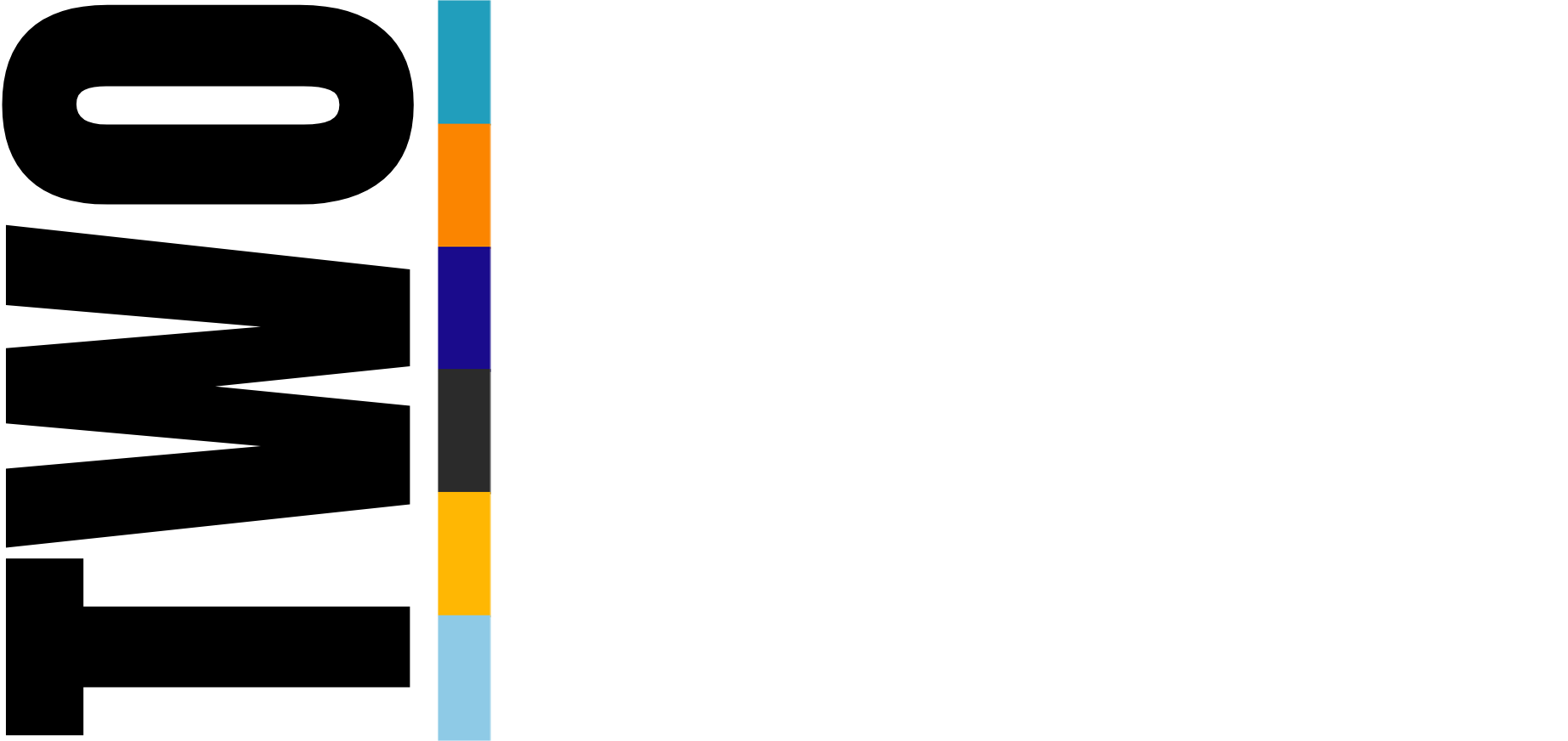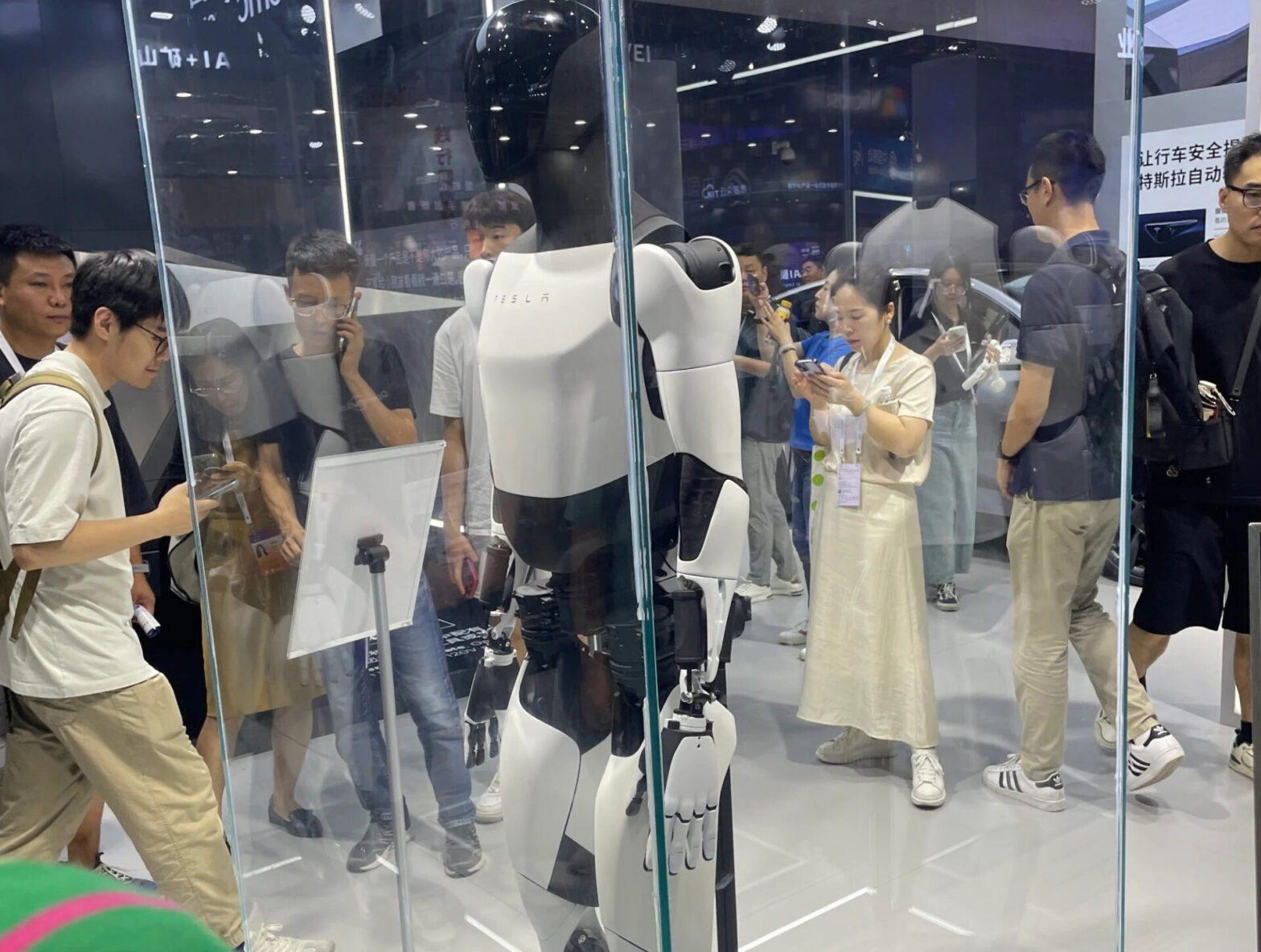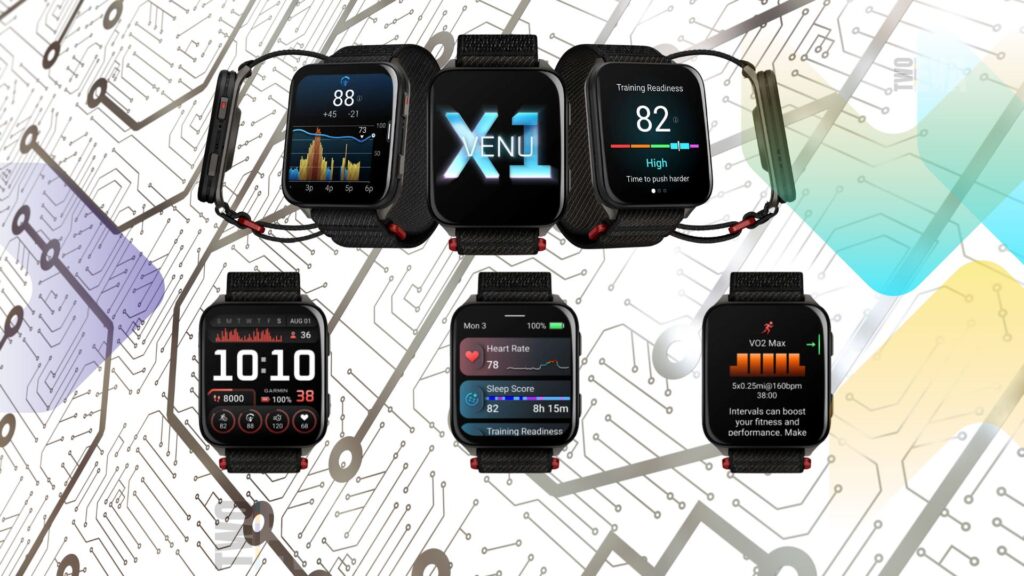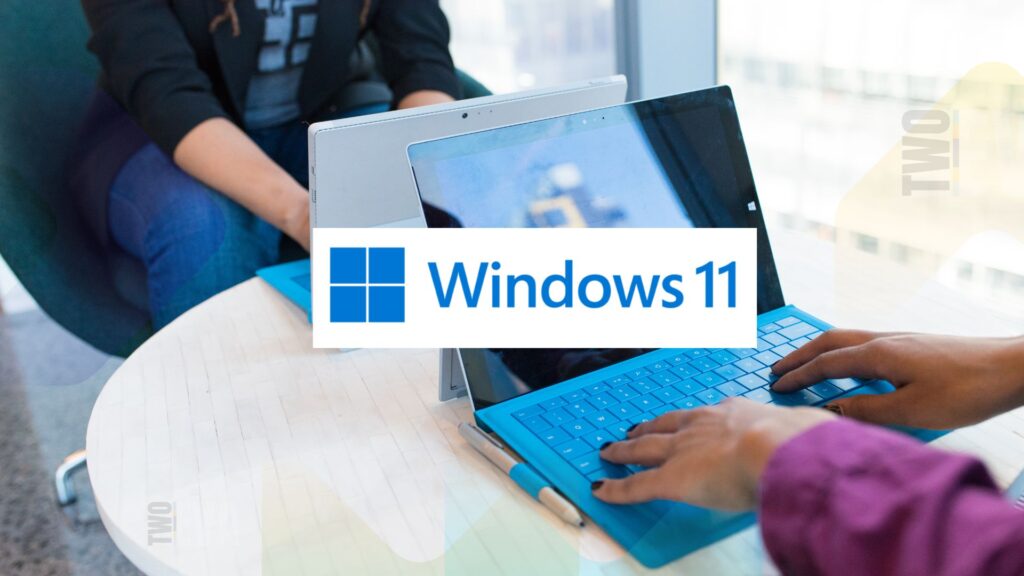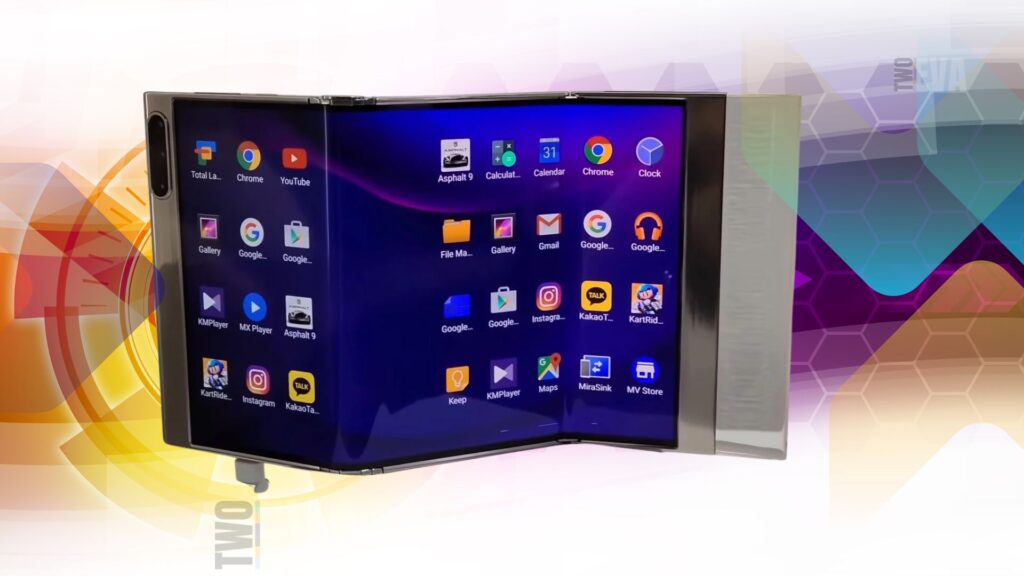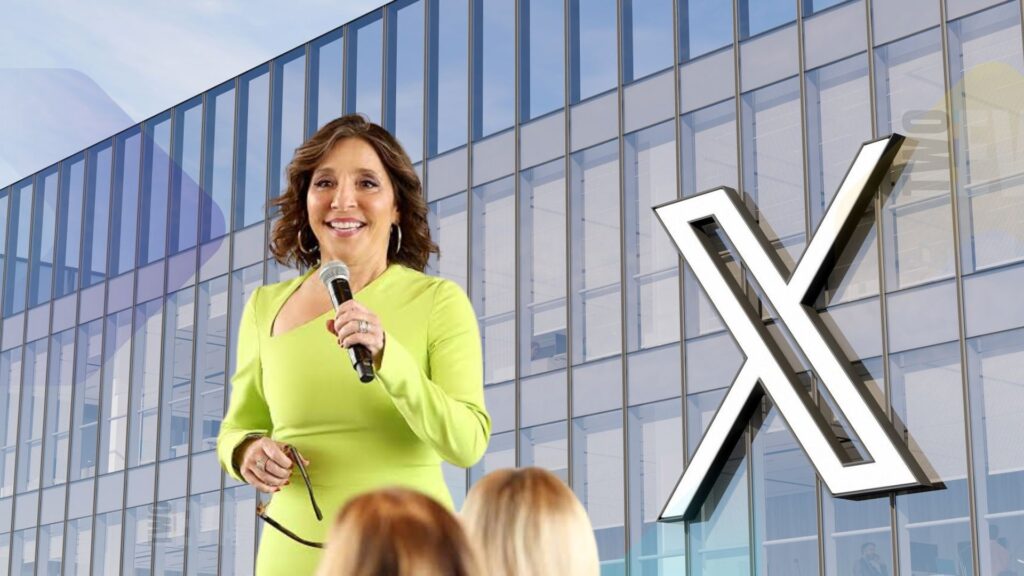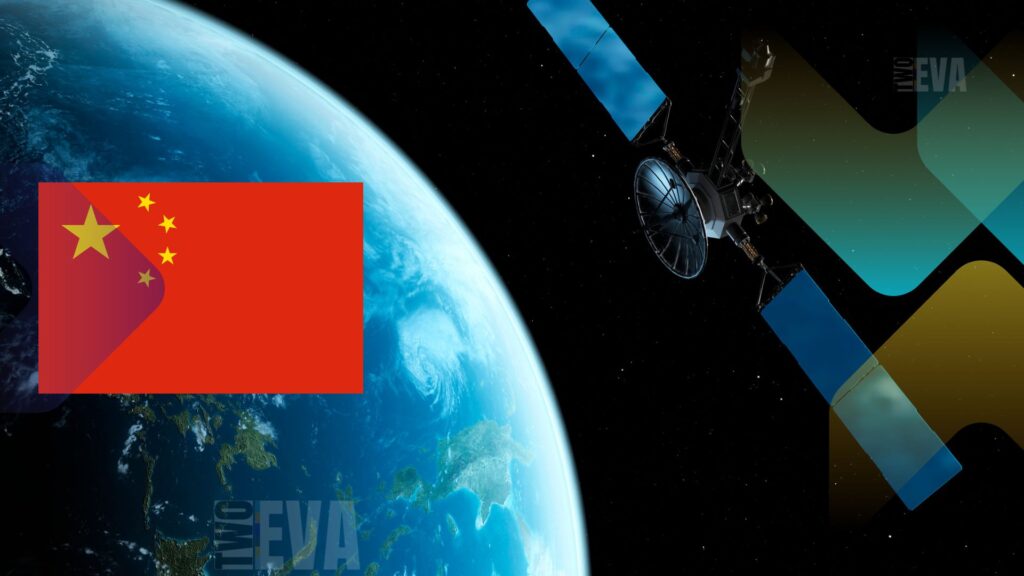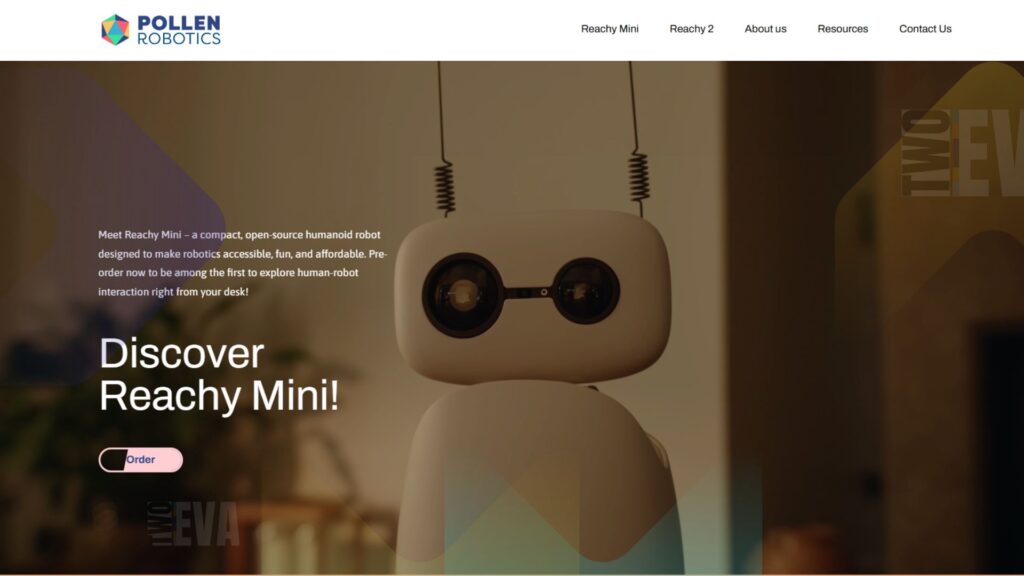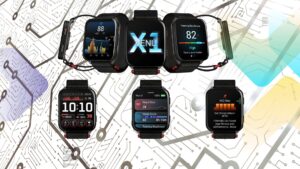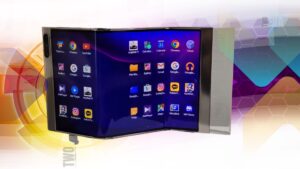In a striking display of technological prowess, Tesla’s second-generation humanoid robot, Optimus, made its highly anticipated appearance at the 2024 World Artificial Intelligence Conference in Shanghai, China. The robot, showcased behind protective glass, stood as a testament to Tesla’s ambitious foray into the realm of humanoid robotics, drawing significant attention despite its static presentation.
A Silent Debut with Loud Implications
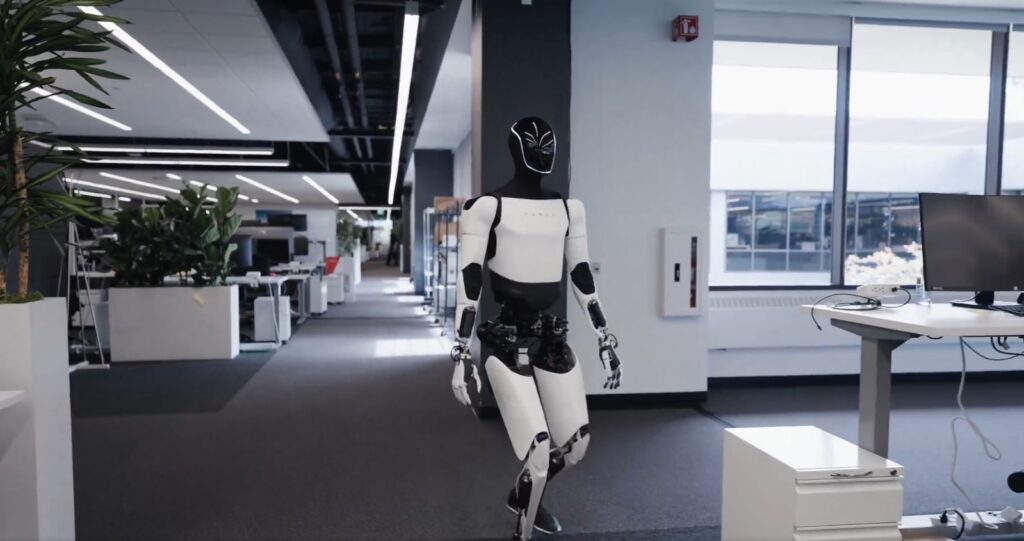
While Optimus remained motionless and did not interact with visitors, its presence spoke volumes about Tesla’s vision for the future. The South China Morning Post reported that Tesla promoted the robot on Chinese social media platform Weibo, inviting the public to “witness the further evolution of humanoid robots.”
This latest iteration of Optimus represents a significant leap forward from its first appearance at Tesla’s AI Day event in 2022, where a human in a robot suit famously performed a dance routine. The contrast between that initial presentation and the current model underscores the rapid progress Tesla has made in just two years.
Optimus: A Technological Marvel in the Making
Equipped with Tesla’s proprietary neural network and computer vision technology, Optimus is designed to be a versatile, multi-task capable robot. Recent updates to the robot in 2024 have substantially enhanced its capabilities:
- Improved dexterity with 22 degrees of freedom in its hands, up from 11 previously
- Enhanced balance and coordination, allowing for complex movements like yoga poses
- Increased autonomy and intelligence, with the ability to learn from interactions and respond to voice commands
- Practical applications in Tesla’s factories, including handling battery cells on production lines
We've built @Tesla_Optimus from the ground up – and it's already being tested in our factories pic.twitter.com/TDWZXeM74W
— Tesla (@Tesla) June 13, 2024
Tesla CEO Elon Musk has set ambitious goals for Optimus, projecting that it could potentially increase Tesla’s market capitalization to $25 trillion. Musk envisions a future where Optimus could perform a wide range of tasks, from mundane household chores to more complex roles in caregiving and companionship.
The Road Ahead: Challenges and Competition
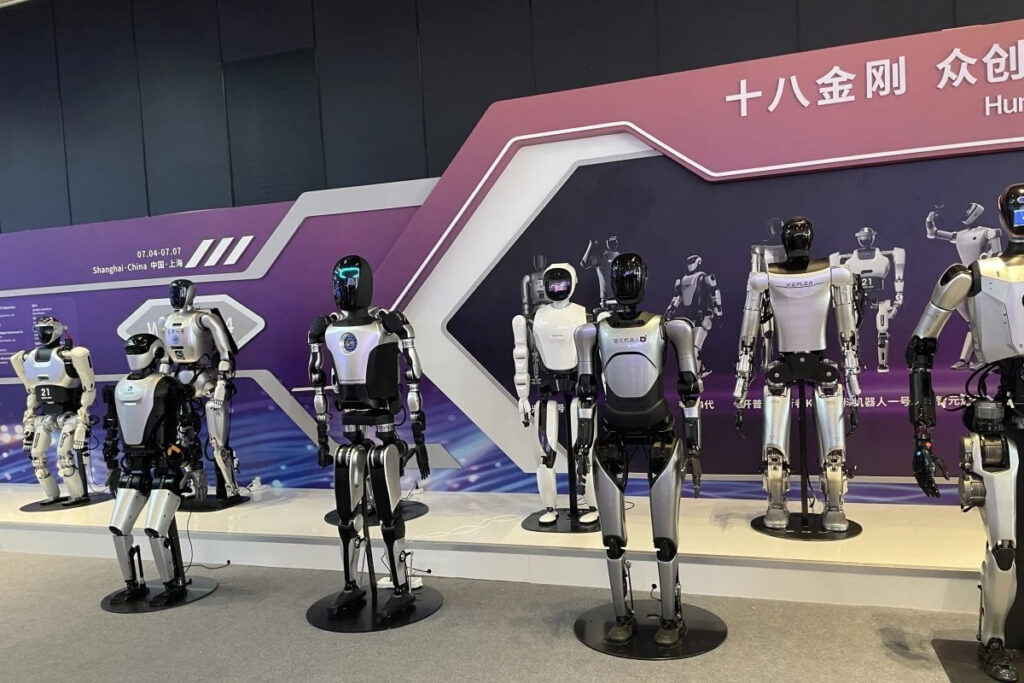
Despite the excitement surrounding Optimus, experts remain cautious about its true capabilities and the timeline for widespread adoption. Robotics specialists emphasize the importance of understanding what these robots can actually accomplish, particularly in terms of unscripted actions and complex decision-making.
The conference also highlighted the growing competition in the humanoid robotics space, particularly from Chinese companies. Local exhibitors such as Fourier, Tlibot, and Dataa Robotics showcased their own humanoid robots, demonstrating China’s ambition to become a leader in this emerging field.
The Humanoid Robot Race: A Global Perspective
China’s push into humanoid robotics is part of a broader national strategy. The country aims to achieve mass production of humanoid robots by 2025, as outlined in a guideline published by the Ministry of Industry and Information Technology. This goal aligns with Tesla’s own production plans, with Musk predicting that over 1,000 Optimus robots will be working in Tesla factories by 2025.
However, significant challenges remain. The high costs associated with humanoid robots currently limit their large-scale deployment. While Chinese models may cost between 500,000 yuan ($70,000) and 1 million yuan, Tesla aims to produce Optimus for around $10,000, potentially disrupting the market if achieved.
As the race to develop and commercialize humanoid robots intensifies, the implications for various industries and society at large are profound. From manufacturing and healthcare to personal assistance and beyond, the potential applications of these robots are vast and varied.
Tesla’s Optimus, with its silent debut at the China AI Conference, may have been behind glass, but its presence resonated loudly across the tech world. As development continues and capabilities expand, the true impact of humanoid robots on our future remains an open and exciting question.
